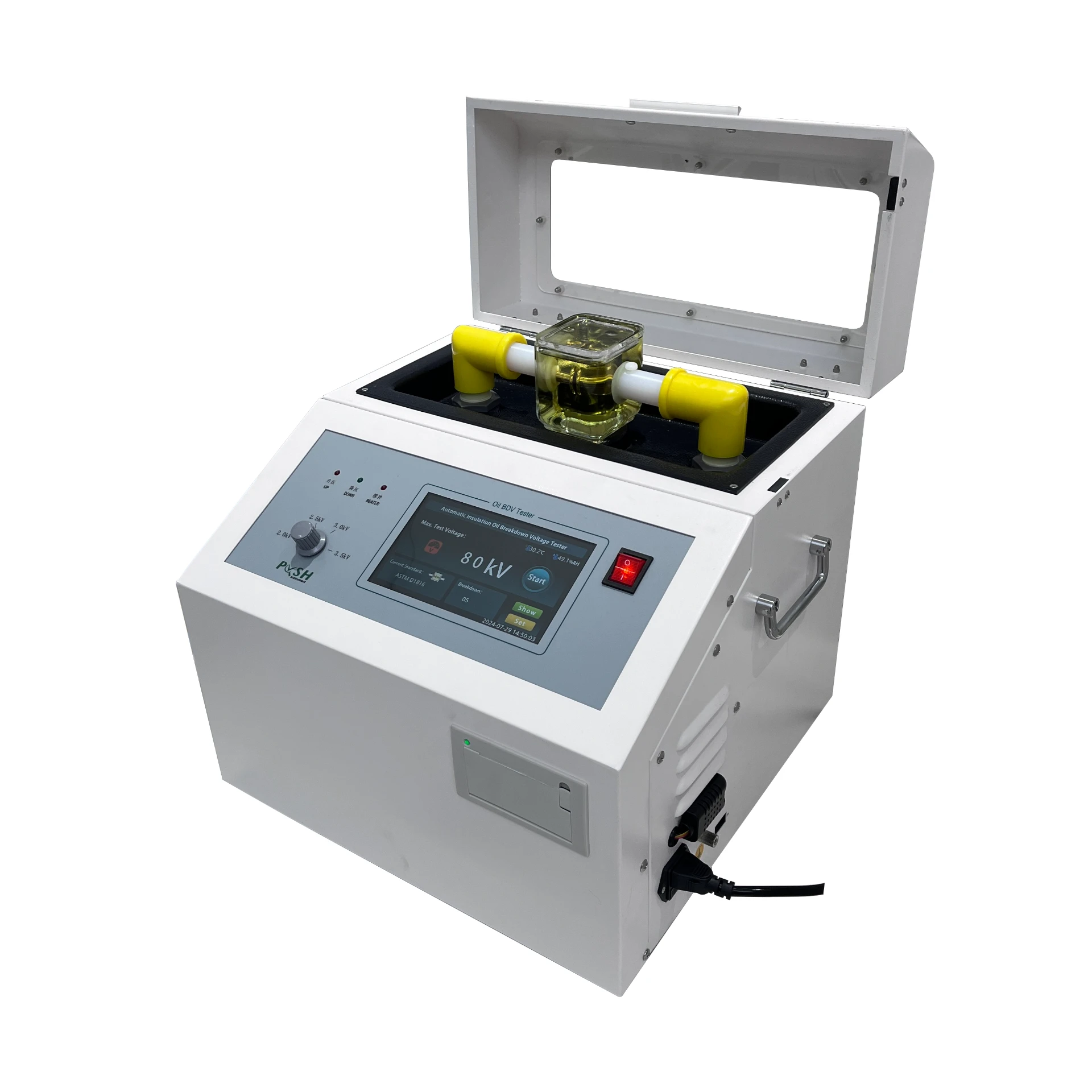 English
English



-
 Afrikaans
Afrikaans -
 Albanian
Albanian -
 Amharic
Amharic -
 Arabic
Arabic -
 Armenian
Armenian -
 Azerbaijani
Azerbaijani -
 Basque
Basque -
 Belarusian
Belarusian -
 Bengali
Bengali -
 Bosnian
Bosnian -
 Bulgarian
Bulgarian -
 Catalan
Catalan -
 Cebuano
Cebuano -
 China
China -
 China (Taiwan)
China (Taiwan) -
 Corsican
Corsican -
 Croatian
Croatian -
 Czech
Czech -
 Danish
Danish -
 Dutch
Dutch -
 English
English -
 Esperanto
Esperanto -
 Estonian
Estonian -
 Finnish
Finnish -
 French
French -
 Frisian
Frisian -
 Galician
Galician -
 Georgian
Georgian -
 German
German -
 Greek
Greek -
 Gujarati
Gujarati -
 Haitian Creole
Haitian Creole -
 hausa
hausa -
 hawaiian
hawaiian -
 Hebrew
Hebrew -
 Hindi
Hindi -
 Miao
Miao -
 Hungarian
Hungarian -
 Icelandic
Icelandic -
 igbo
igbo -
 Indonesian
Indonesian -
 irish
irish -
 Italian
Italian -
 Japanese
Japanese -
 Javanese
Javanese -
 Kannada
Kannada -
 kazakh
kazakh -
 Khmer
Khmer -
 Rwandese
Rwandese -
 Korean
Korean -
 Kurdish
Kurdish -
 Kyrgyz
Kyrgyz -
 Lao
Lao -
 Latin
Latin -
 Latvian
Latvian -
 Lithuanian
Lithuanian -
 Luxembourgish
Luxembourgish -
 Macedonian
Macedonian -
 Malgashi
Malgashi -
 Malay
Malay -
 Malayalam
Malayalam -
 Maltese
Maltese -
 Maori
Maori -
 Marathi
Marathi -
 Mongolian
Mongolian -
 Myanmar
Myanmar -
 Nepali
Nepali -
 Norwegian
Norwegian -
 Norwegian
Norwegian -
 Occitan
Occitan -
 Pashto
Pashto -
 Persian
Persian -
 Polish
Polish -
 Portuguese
Portuguese -
 Punjabi
Punjabi -
 Romanian
Romanian -
 Russian
Russian -
 Samoan
Samoan -
 Scottish Gaelic
Scottish Gaelic -
 Serbian
Serbian -
 Sesotho
Sesotho -
 Shona
Shona -
 Sindhi
Sindhi -
 Sinhala
Sinhala -
 Slovak
Slovak -
 Slovenian
Slovenian -
 Somali
Somali -
 Spanish
Spanish -
 Sundanese
Sundanese -
 Swahili
Swahili -
 Swedish
Swedish -
 Tagalog
Tagalog -
 Tajik
Tajik -
 Tamil
Tamil -
 Tatar
Tatar -
 Telugu
Telugu -
 Thai
Thai -
 Turkish
Turkish -
 Turkmen
Turkmen -
 Ukrainian
Ukrainian -
 Urdu
Urdu -
 Uighur
Uighur -
 Uzbek
Uzbek -
 Vietnamese
Vietnamese -
 Welsh
Welsh -
 Bantu
Bantu -
 Yiddish
Yiddish -
 Yoruba
Yoruba -
 Zulu
Zulu
33kv cable hipot test
Understanding the 33kV Cable Hipot Test Importance and Implementation
The high voltage test, commonly known as the hipot test (short for high potential test), is a crucial procedure in the evaluation and certification of electrical insulation systems in cables. Among the various voltage levels, the 33kV cable hipot test stands out due to its significance in ensuring the reliability and safety of medium-voltage power distribution networks. This article delves into the importance, methodology, and safety considerations of conducting hipot tests on 33kV cables.
Importance of the 33kV Hipot Test
Medium-voltage cables, such as 33kV, are pivotal in electrical distribution systems, connecting substations to various end users. The integrity of these cables is critical; any failure could lead to catastrophic power outages or even pose safety hazards. The hipot test serves multiple purposes
1. Insulation Integrity Verification The test assesses the quality of the cable insulation. Over time, insulation may degrade due to environmental factors, chemical exposure, or mechanical wear. A hipot test helps determine if the insulation can withstand the required voltage levels without failing.
2. Defect Identification By applying a higher-than-normal voltage during the test, defects such as pinholes, voids, or material inconsistencies can be identified. This is crucial for preventive maintenance and during commissioning of new installations.
3. Regulatory Compliance Many jurisdictions require that installation and maintenance of electrical systems comply with stringent safety standards. Regular hipot testing ensures compliance with these regulations, thereby reducing liability risks for utilities and contractors.
Methodology
The 33kV cable hipot test typically involves the following steps
33kv cable hipot test

1. Preparation Before testing, the cable must be isolated and disconnected from all live circuits. Grounding should be established, and the testing area must be safe for operational personnel.
2. Equipment Setup A hipot tester designed for medium-voltage applications is used. This equipment must be capable of outputting the required voltage (in this case, 33kV) while ensuring accurate readings.
3. Test Procedure The cable insulation is subjected to the specified test voltage for a predetermined period, usually ranging from one to five minutes. During this time, the test equipment measures the insulation resistance and leakage current. A healthy cable will exhibit high insulation resistance and minimal leakage current.
4. Post-Test Analysis Once the test is complete, the cable is gradually returned to line voltage levels. The results are analyzed, and any anomalies in insulation resistance or excessive leakage current may indicate failures that require remedial action.
Safety Considerations
Given the high voltages involved, safety is a paramount concern during hipot testing. Proper personal protective equipment (PPE) must be worn, and access to the testing area should be restricted to trained personnel only. Additionally, grounding procedures must be rigorously followed to prevent accidental electrocution.
Before commencing the test, it is crucial to ensure that all safety interlocks and emergency shut-off mechanisms are functional. Comprehensive training and adherence to guidelines from organizations such as the Institute of Electrical and Electronics Engineers (IEEE) can help mitigate risks.
Conclusion
In summary, the 33kV cable hipot test is an essential procedure that plays a vital role in ensuring the safety, reliability, and performance of medium-voltage electrical systems. By identifying insulation deficiencies and ensuring compliance with safety standards, utilities and infrastructure providers can maintain a robust power distribution network. As the demand for electricity continues to rise, the importance of such testing in preventing failures and ensuring continuous service cannot be overstated. Proper implementation and adherence to safety protocols during these tests will ultimately contribute to a safer and more dependable electrical grid.
-
Ensuring SF₆ Gas Safety: Introducing PUSH’s Integrated SF₆ Analyzer for Dew Point, Purity, and Decomposition MonitoringNewsJul.10,2025
-
Exploring the Main Types of Industrial Endoscopes and Their Applications Across IndustriesNewsJul.04,2025
-
Testing Equipment Industry Sees Major Advancements in 2025: Smart & Precision Technologies Lead the WayNewsJun.06,2025
-
Applications of Direct Current Generators in Renewable Energy SystemsNewsJun.05,2025
-
Hipot Tester Calibration and Accuracy GuidelinesNewsJun.05,2025
-
Digital Circuit Breaker Analyzer Features and BenefitsNewsJun.05,2025



